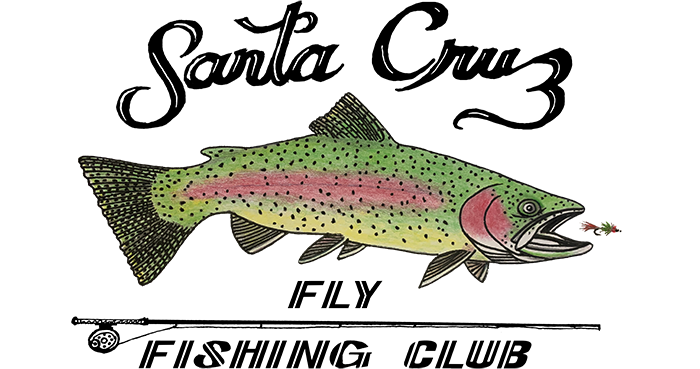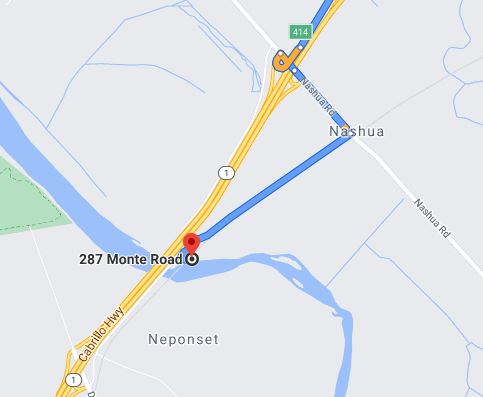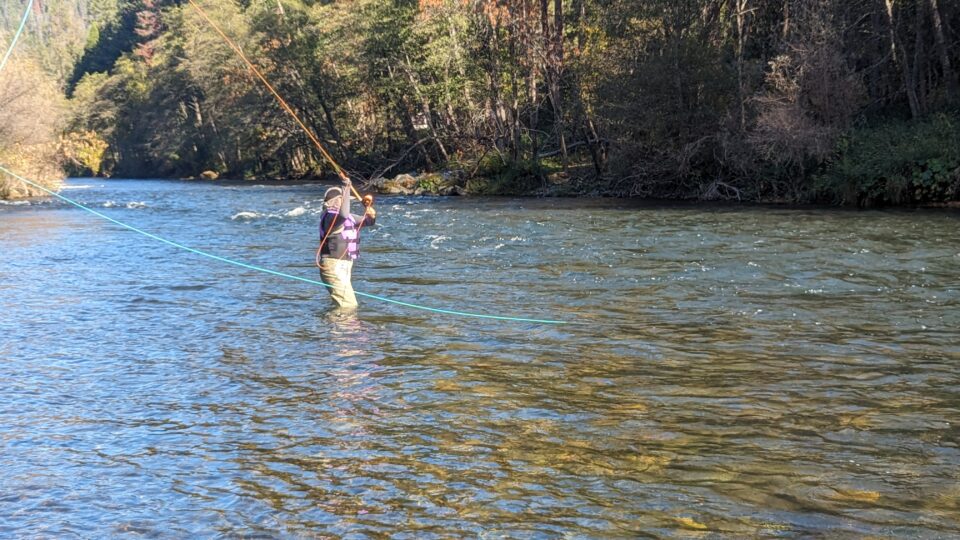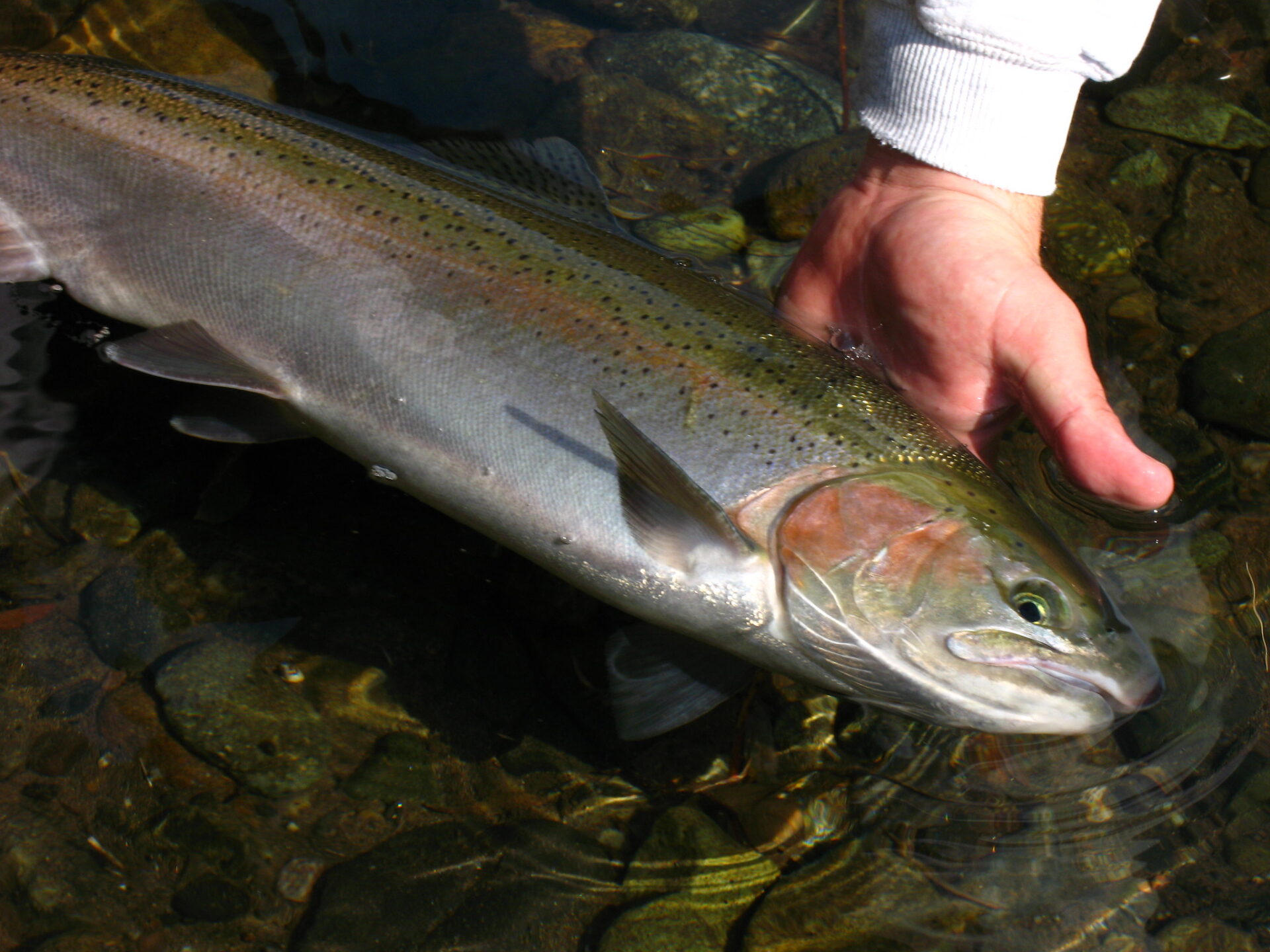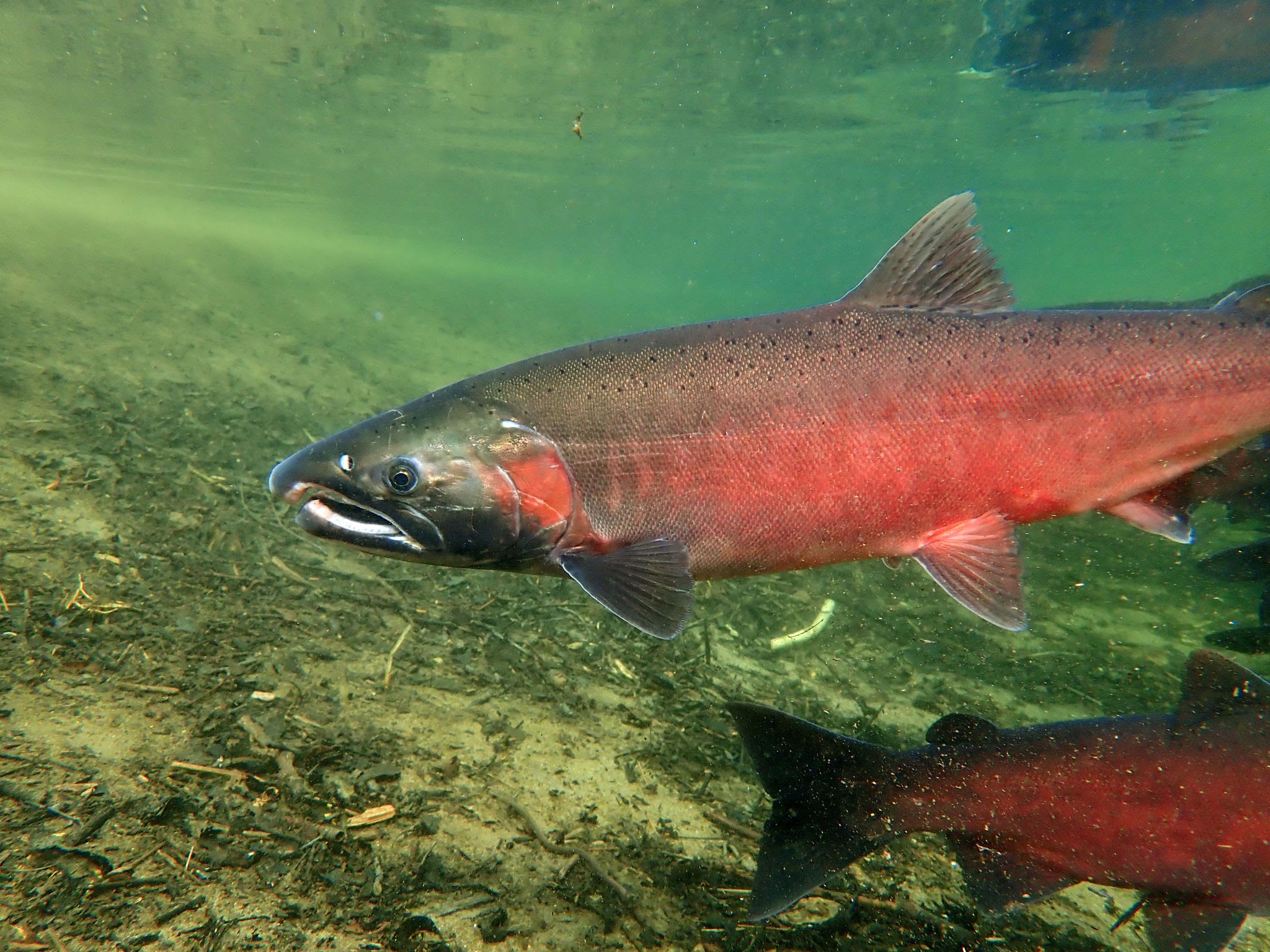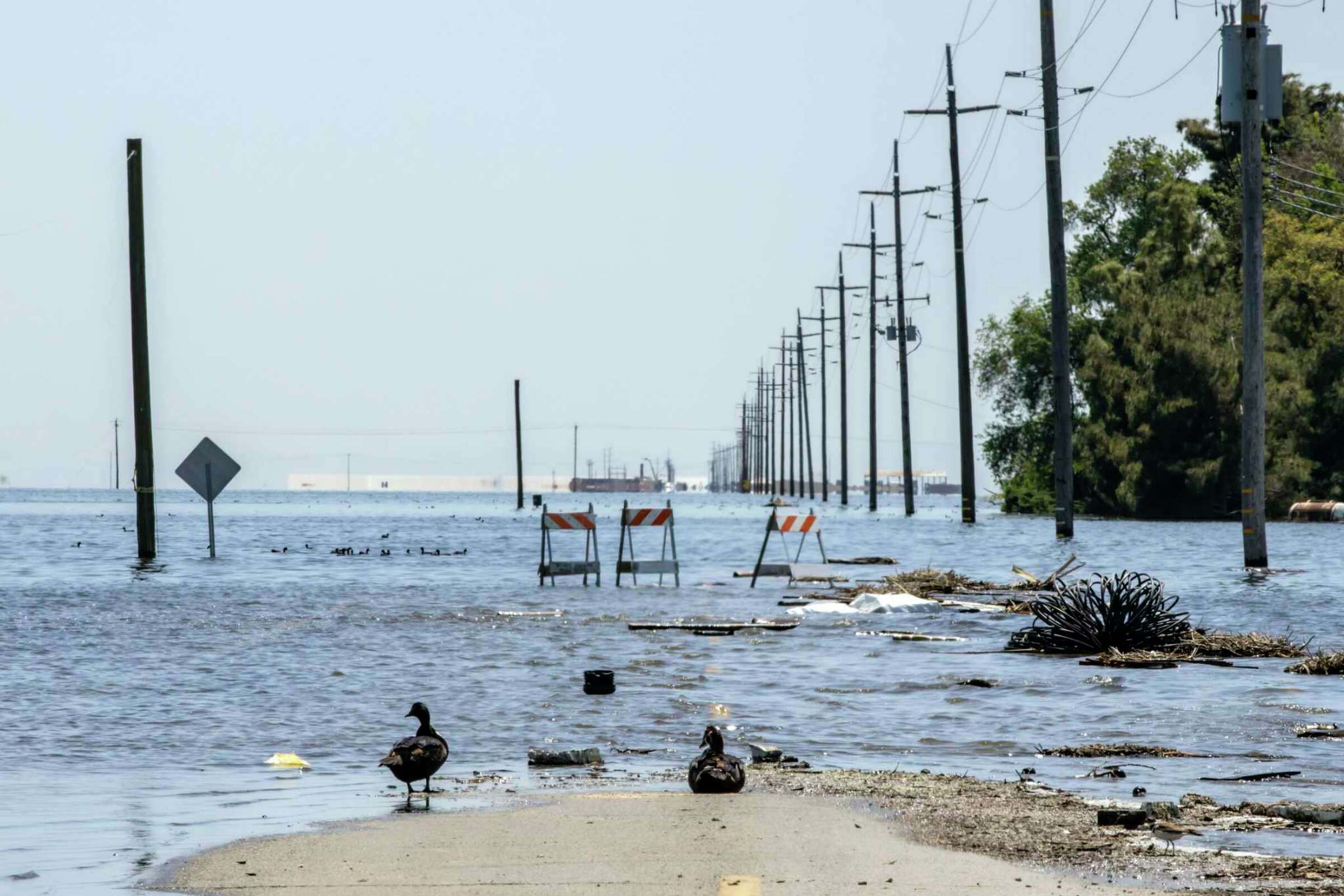
Our club is a member of the Northern California Council Fly Fishers International. NCCFFI is one of many nationwide councils under the umbrella of Fly Fishers International. So what is NCCFFI and what do they do? Here’s some information that provides an overview from NCCFFI’s website.
Vision
“To educate current and future generations on the traditions of fly fishing, and to conserve and improve healthy aquatic watersheds.”
Mission
“We are a volunteer, non-profit educational and conservation organization dedicated to preserving our outdoor watersheds and fisheries. Our purpose is to inform the public about the benefits of the fly fishing traditions, and to fight for clean water, healthy watersheds and fisheries. We do this by supporting our member clubs through education, conservation advocacy and outreach on behalf of their members and communities.”
Purpose Statements
Work to preserve our fisheries and watersheds.
Educate the public that fly fishing is a sport/hobby for all ages.
Provide value to fly fishing clubs on issues they are interested in and cannot do alone.
Promote fly fishing clubs and support them on their projects.
Bring together clubs on important issues affecting fly fishing and conservation so we can speak with a loud, coordinated voice.
Reach out to clubs for input and guidance on important issues.
How does Santa Cruz Fly Fishing club benefit from being a member? FFI has a robust, structured fly casting development program. If you’ve been to any of our fly casting classes lately, those cones and rings you’ve been targeting with different casting strokes is part of the FFI casting playbook. Many of our members are taking advantage of the classes are improving, which is very encouraging to see. Another important benefit is our club is able to obtain insurance through our membership with FFI. There are numerous educational resources on all things related to fly fishing that are available, especially if you become an individual member at FFI.
And since we’re concerned with conservation, I want to highlight what role NCCFFI plays in conservation in Northern California. As noted above in their Vision, Mission and Purpose Statement, conservation is a large focus. Mark Rockwell has been VP of Conservation NCCFFI since 2021. You may recall he spoke to our club in September of 2024 about the effort to remove the dams on the Klamath River of which he has been involved since 2003. Mark has been active in several other conservation initiatives in Northern California. Below are a few examples.
Yuba River watershed enhancement and dam relicensing effort
Protection of the S.F. Bay-Deltawatershed and fishery
Update of the S.F. Bay-Delta Water Quality Control Plan & Voluntary Agreements
Toulomne River flow standards & SFPUC commitment to sustainable flow levels
South Santa Clara County watershed enhancement – FAHCE Agreement
Salmon & Steelhead recovery in Northern California rivers
As are many of us who are advocates for protecting and improving our fisheries, Mark is alarmed by the chaotic disregard for the environment by the the federal administration by stopping funding and eliminating jobs at the US Fish and Wildlife Service, NOAA Fisheries, U.S. Forest Service, Bureau of Reclamation, Bureau of Land Management and Bureau of Indian Affairs. This includes impact to ongoing work to restore the Klamath Basin. I encourage you to read Mark’s April 2025 report that describes the issues and expresses his outrage at what is taking place. I share his concerns as well.
On a more positive note, did you know our own beloved Tom Hogye is NCCFFI 2nd Vice President? For those of you that are new to SCFF, Tom was our president for many years and filled other roles, including Conservation Chair. I the latest NCCFFI newsletter, Tom has an article titled “Conservation Motivation” where he talks about what steps were taken at SCFF to expand our membership with an emphasis on younger members. He also offers some ideas on reaching out and encouraging new ideas and perspectives on what will make a club thrive. If we feel we are valued, it’s a wonderful feeling that is a great beginning taking ownership in improving the club and developing friendships. It has been said that each converted fly fisher is on the path to learning about and becoming a conservationist. For a link to Tom’s article, to the link below.
If you are interested in learning about the benefits of becoming a member of FFI, go to:
https://www.flyfishersinternational.org/Join-Renew
Posted on April 24th, 2025
